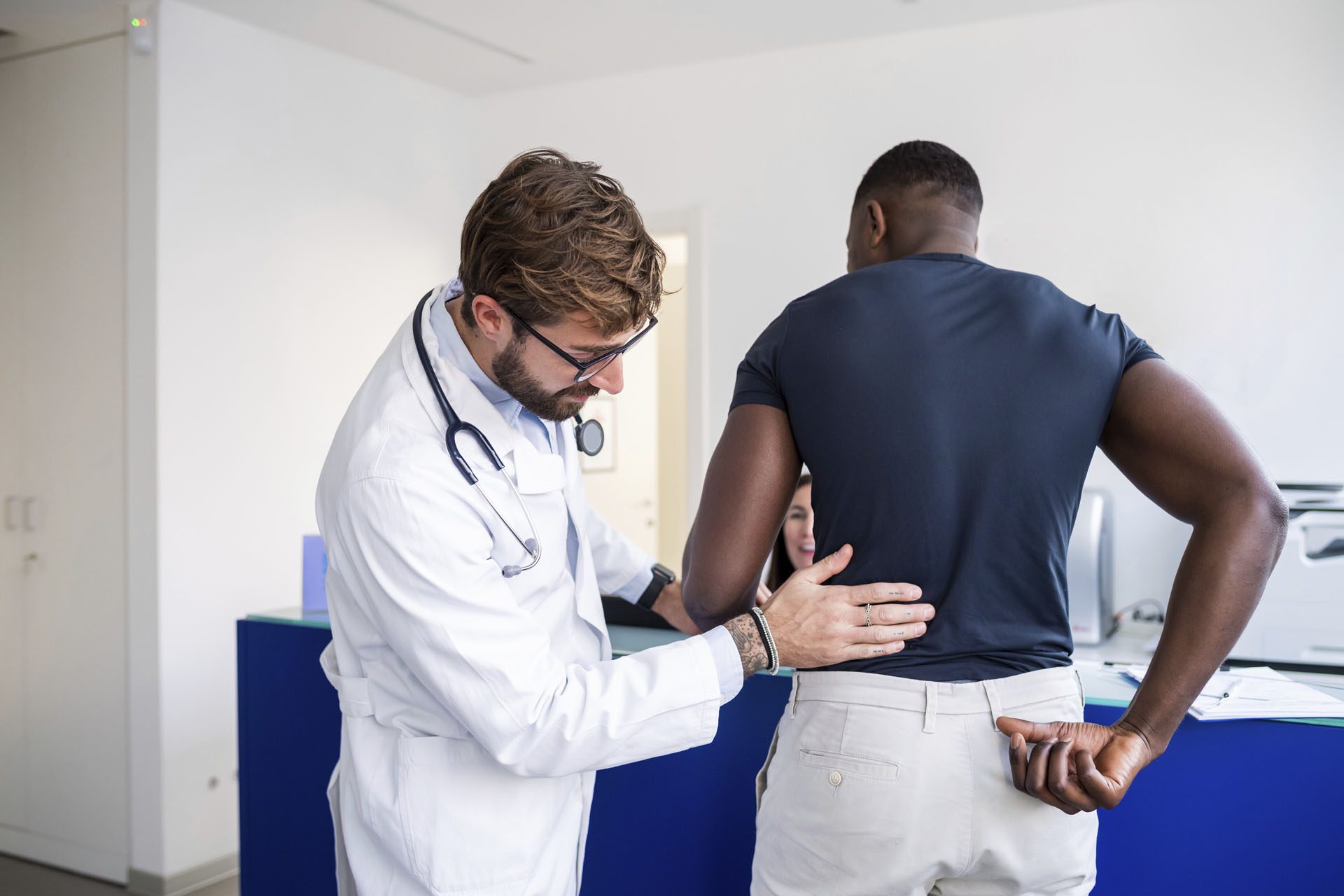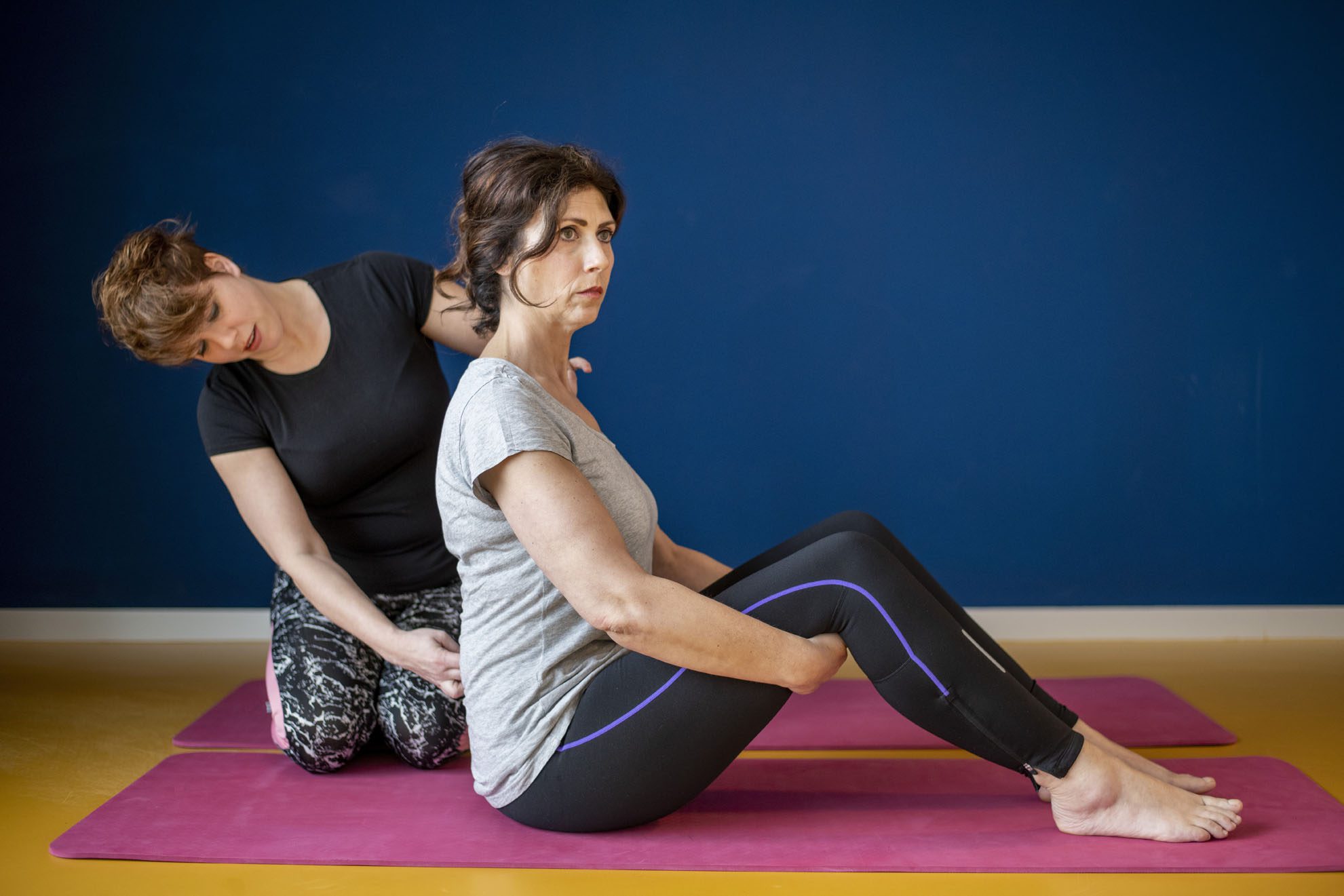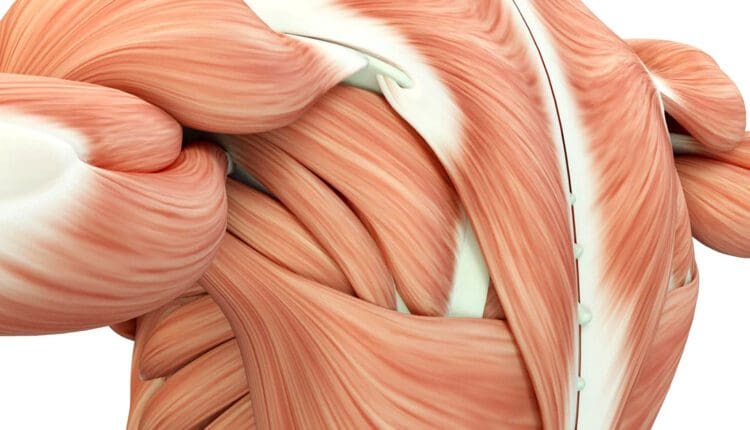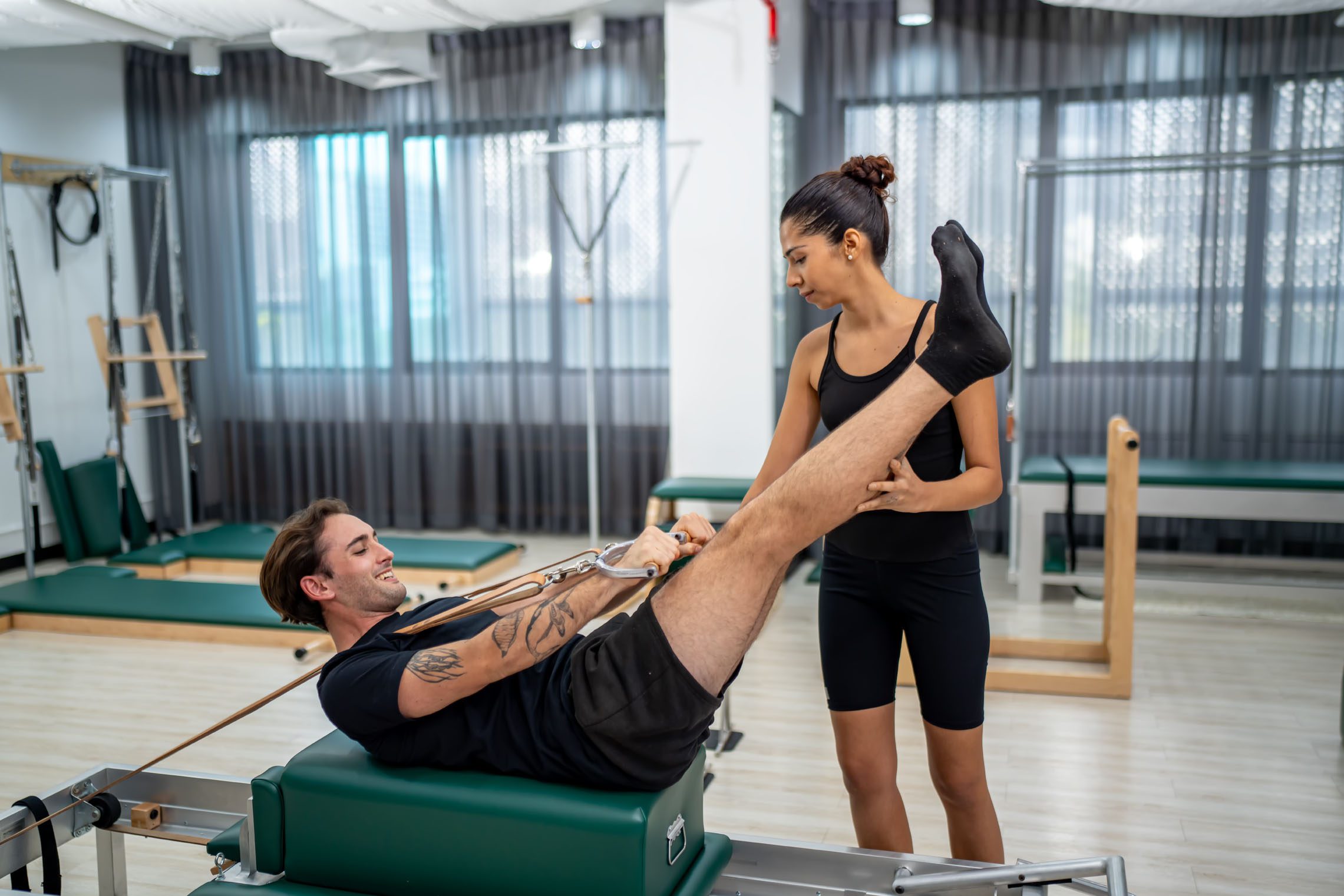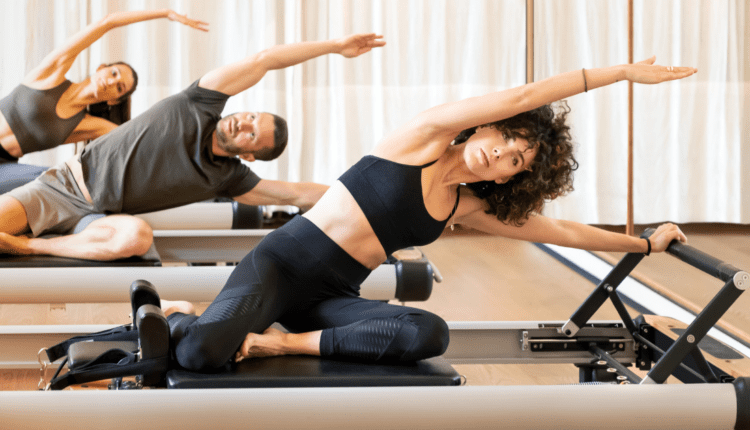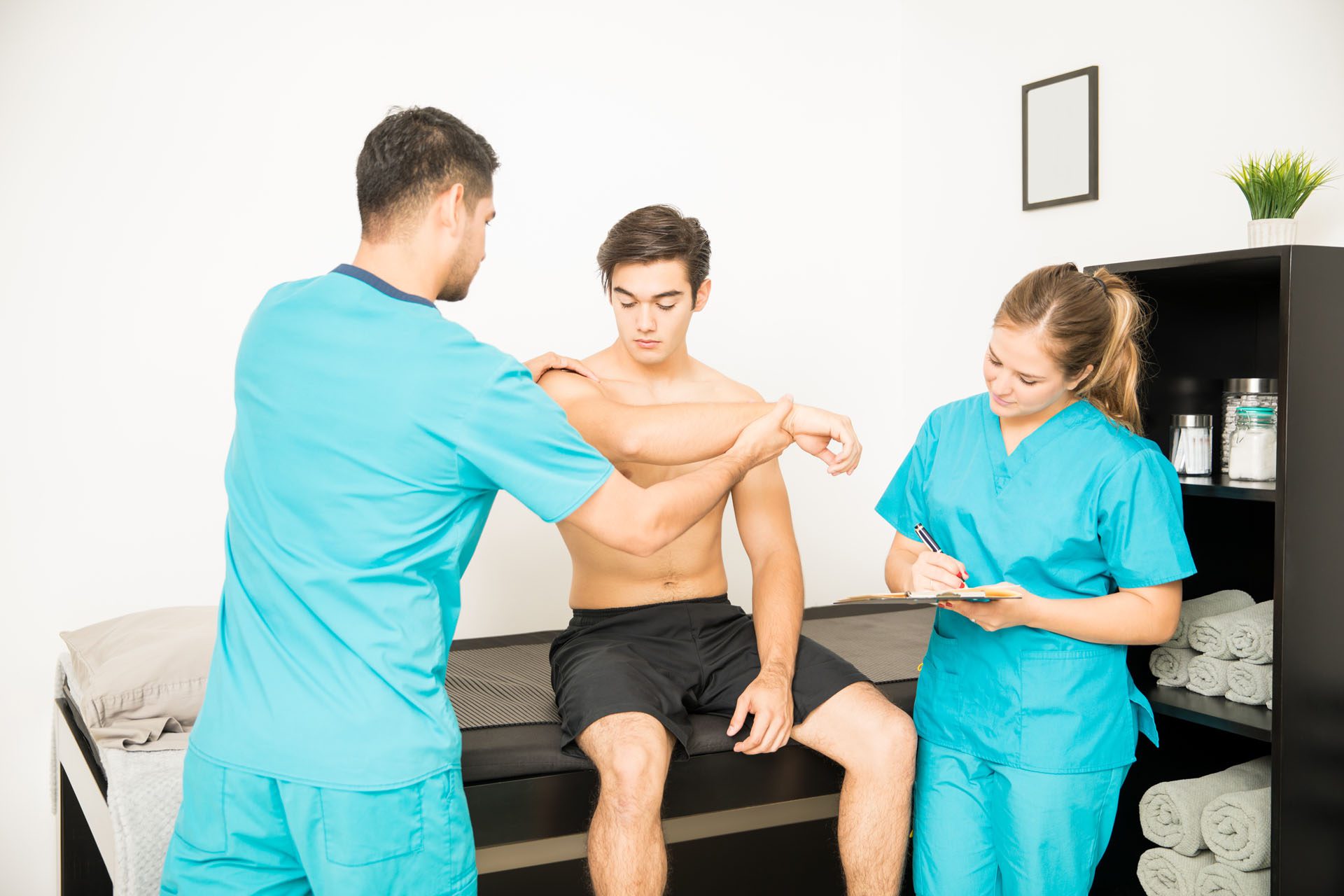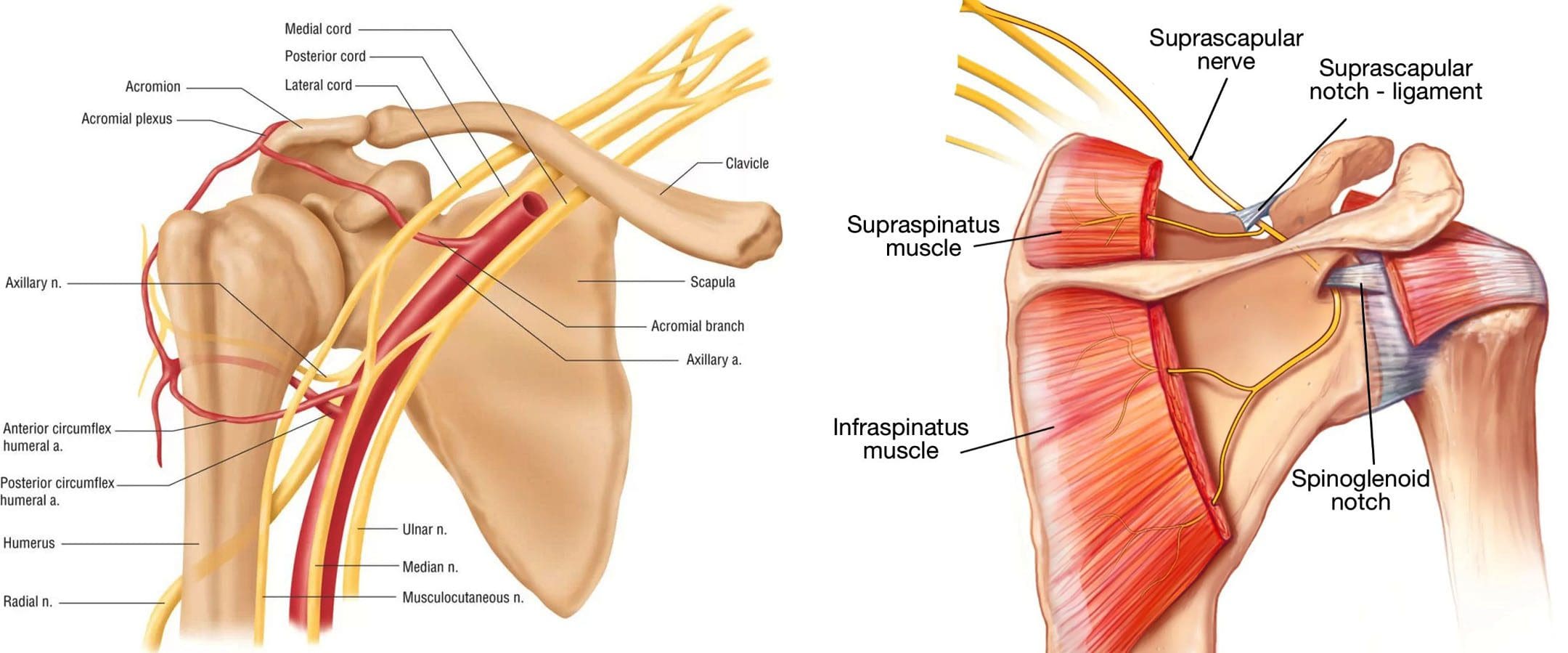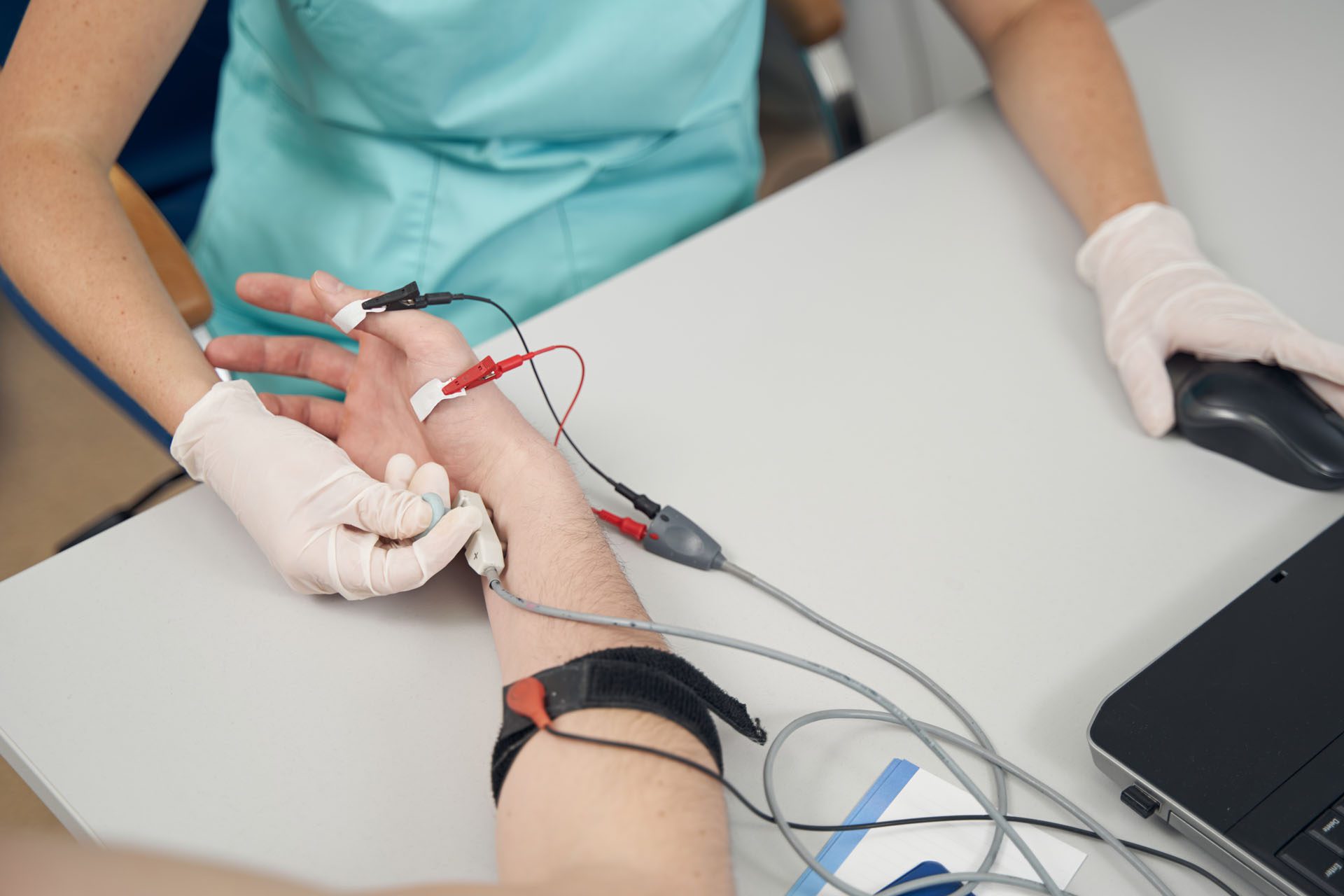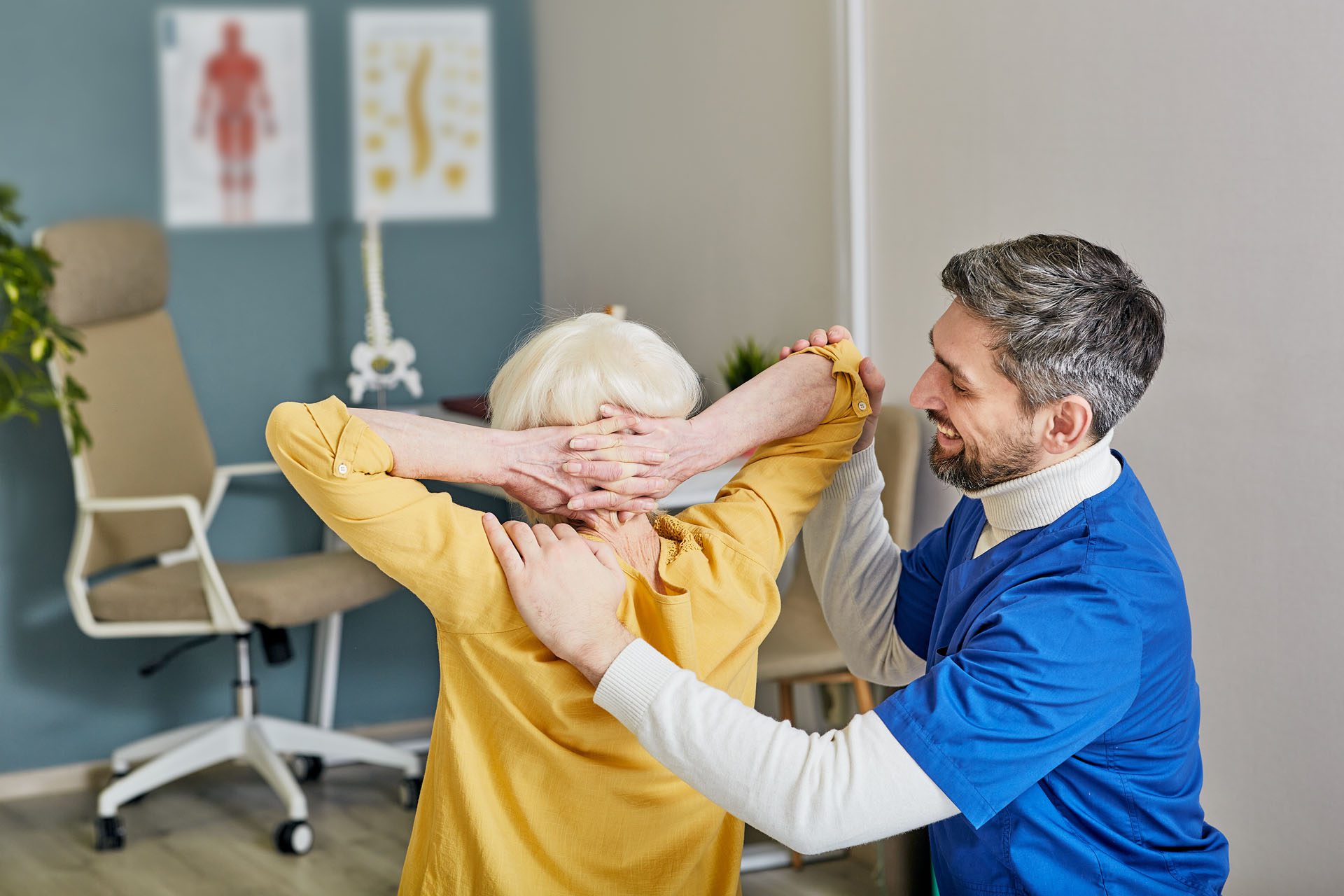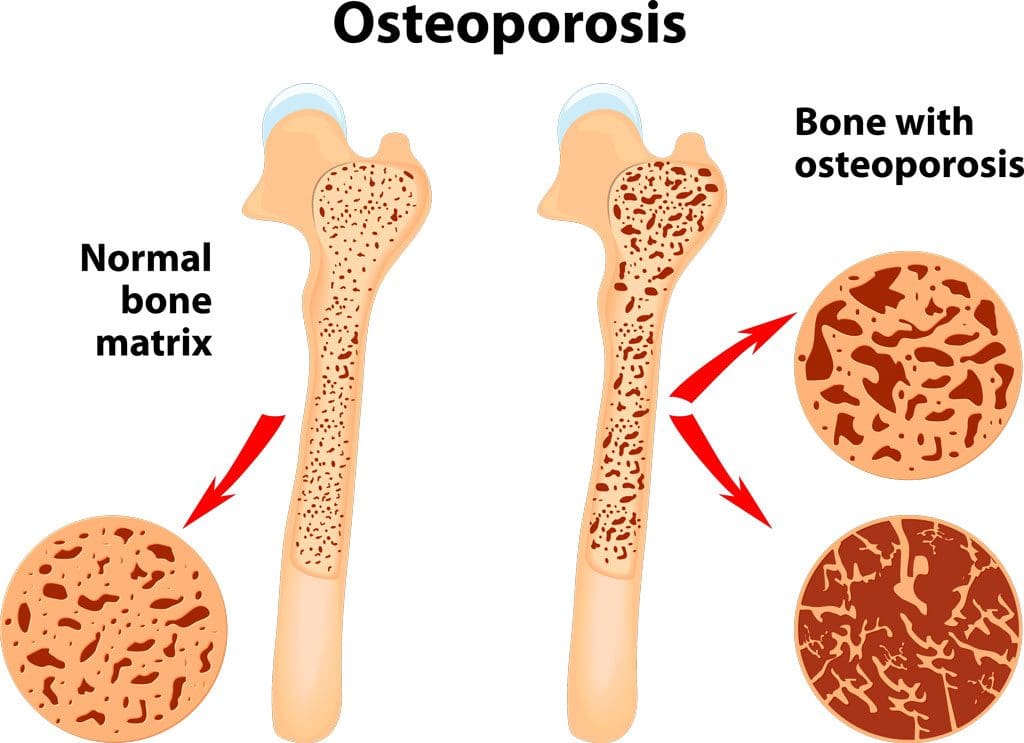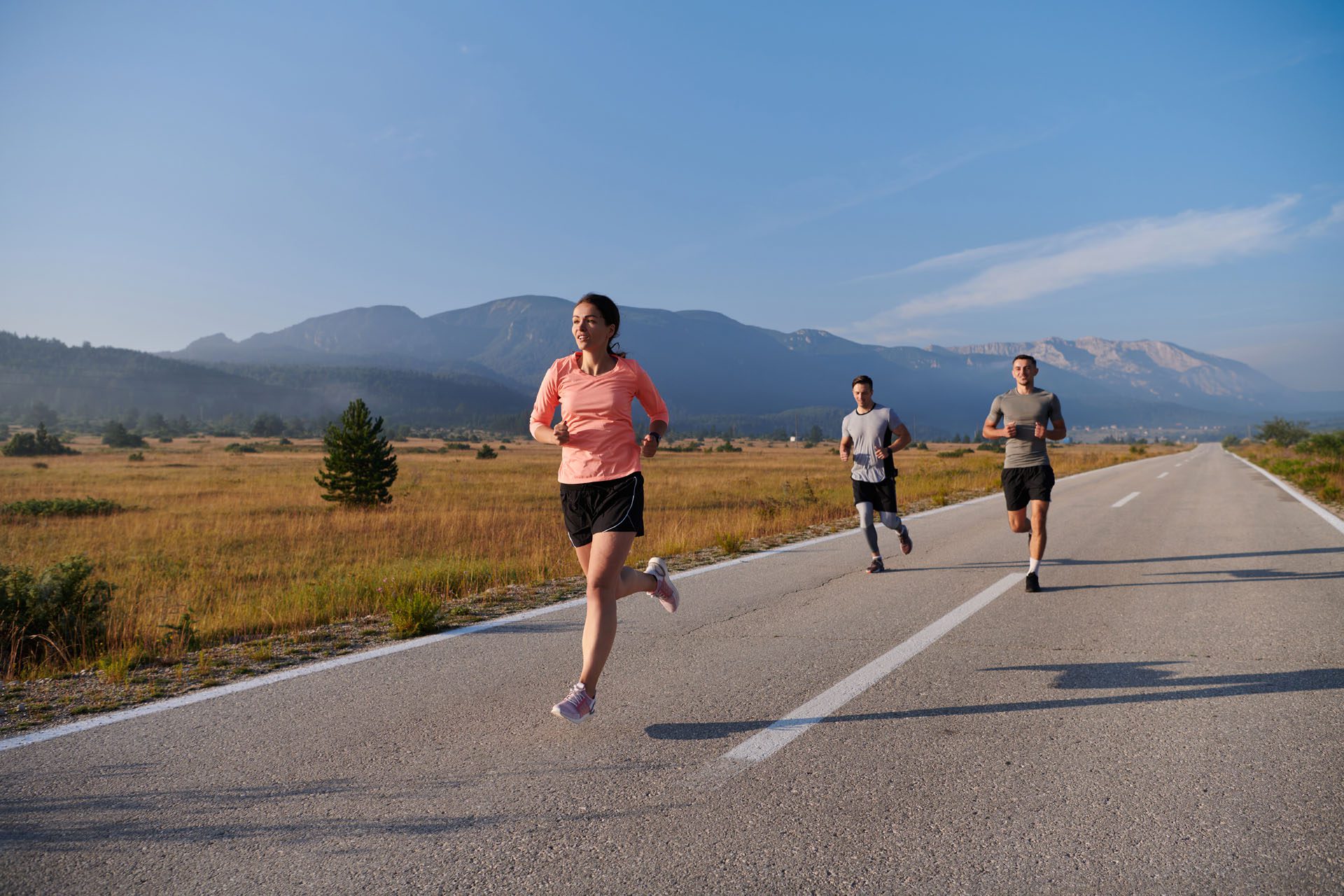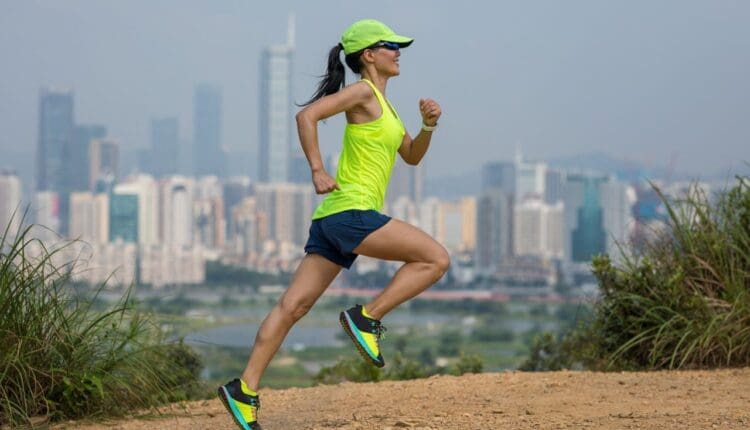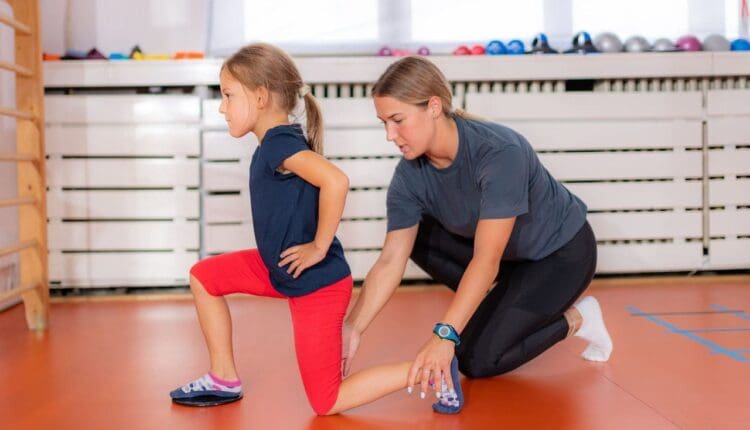Pseudoarthrosis After Spinal Fusion Surgery Explained
What is pseudoarthrosis of the cervical and lumbar spine?

Pseudoarthrosis of the cervical and lumbar spine
Individuals may need a spinal fusion to treat a fractured vertebra, scoliosis, or conditions like spinal stenosis, degenerative disc disease, and spondylolisthesis/slipped vertebrae. A spinal fusion reduces pain and stabilizes the spine by limiting movement between vertebrae. Pseudoarthrosis happens when the bones don’t heal after a fracture or bone surgery. When pseudoarthrosis affects the cervical or lumbar spine, it means that two vertebrae did not heal and grow together after spinal surgery to fuse them (spinal fusion). Reasons for a failed spinal fusion include:
- Issues with the instruments used to stabilize the bone
- Lack of bone growth
- The number of vertebrae being fused.
The patient’s health and lifestyle play a role in failed fusions, which can include
- Diabetes
- Inflammatory health conditions increase the risk
- Smoking
- Long-term steroid use
In many cases, revision surgery is needed.
Surgery-Related
During a spinal fusion, surgeons insert a bone graft between two vertebrae and then apply spinal fixation hardware (instrumented spinal fusion) that includes:
- Plates
- Rods
- Screws
- The bone graft promotes growth between the two bones.
- The hardware stabilizes the vertebrae and prevents movement while they fuse and grow together.
- The hardware goes inside, or internal fixation.
- Although rare, a severe spinal fracture or deformity may need external fixation.
- A rigid frame secured outside the body helps to stabilize the bones.
If the fusion fails, it could be caused by one or more of the following surgical issues:
Number of Vertebrae Being Fused
- Having more than two vertebrae fused can greatly influence the outcome of fusion surgery. (Boonsirikamchai W. et al., 2024)
Hardware
- The surgeon must carefully plan and use the right hardware.
- The type of hardware used during a spinal fusion may influence bone healing.
- The instruments can come loose or break, interfering with the fusion process.
- Spinal osteoporosis, having thin, weak bones, can affect fixation.
- Even with the optimal surgical preparedness, weak bones significantly increase the chance of the instruments loosening and pseudoarthrosis developing.
Bone Graft
- The type of bone graft used may affect the fusion.
- For example, in cervical/neck spinal fusions, an autograft, which uses a small piece of bone from the patient’s body, has a higher success rate. (Verla T. et al., 2021)
- Other graft options include specialized steel cages that fit between vertebrae and contain bone growth factors.
- The surgeon recommends the optimal bone graft for the type of surgery, the number of vertebrae involved, and risk factors.
Risk Factors
- The patient’s overall health and lifestyle impact the results of spinal fusion. Smoking increases the risk. (Berman D. et al., 2017)
- Nicotine restricts blood circulation, decreases bone density, reduces new bone formation, and delays bone healing. (Hernigou J., & Schuind F., 2019)
The risk of pseudoarthrosis increases if the individual has any of the following: (Scoliosis Research Society, 2023)
- Previous pseudoarthrosis
- Obesity
- Chronic steroid use
- Malnutrition
- Inflammatory diseases
Inflammatory conditions that can lead to bone loss and non-optimal bone healing include: (Torres H. M. et al., 2023)
- Diabetes (Jiao H, Xiao E, & Graves DT, 2015)
- Inflammatory bowel disease
- Psoriasis
- Rheumatoid arthritis
- Chronic obstructive pulmonary disease/COPD
- Periodontitis
- Systemic lupus erythematosus/SLE
Symptoms
- The primary sign of pseudoarthrosis is pain in the same area as before the fusion surgery.
- If the bones pinch a spinal nerve, one arm may experience pain, tingling, burning, or numbness.
- Rarely does a pinched nerve affect both arms.
- The pain may return shortly after the procedure.
- The pain may develop gradually or not appear for many months.
- However, it’s more likely to appear after several months when the individual returns to their usual activities.
Diagnosis
- The healthcare provider will learn about symptoms and perform a physical exam to evaluate the back.
- They’ll assess mobility and the type of movement that causes pain.
- Then, they order diagnostic imaging to see the spine and identify the cause of pain.
- Individuals may need a CT scan, MRI, and/or X-rays to evaluate the spinal structures and instrumentation fully.
Treatment
Treatment for pseudoarthrosis will likely start with:
- Physical therapy
- Pain management – especially in cases where it is important to rule out other sources of back or neck pain.
- Medication
- Injections
- If symptoms don’t improve with conservative care or if there is severe pain, the healthcare provider may recommend revision surgery.
- Revision surgery is another procedure to treat complications or correct issues that arise after the initial pseudoarthrosis surgery.
Injury Medical Chiropractic and Functional Medicine Clinic
As a Family Practice Nurse Practitioner, Dr. Jimenez combines advanced medical expertise with chiropractic care to address various conditions. Our clinic integrates Functional Medicine, Acupuncture, Electro-Acupuncture, and Sports Medicine to create customized care plans that promote natural healing, mobility, and long-term wellness. By focusing on flexibility, agility, and strength, we empower patients to thrive, regardless of age or health challenges. At El Paso’s Chiropractic Rehabilitation Clinic & Integrated Medicine Center, we passionately focus on treating patients after injuries and chronic pain syndromes. We focus on improving your ability through flexibility, mobility, and agility programs tailored for all age groups and disabilities. We use in-person and virtual health coaching and comprehensive care plans to ensure every patient’s personalized care and wellness outcomes.
Enhancing Health Together
References
Boonsirikamchai, W., Wilartratsami, S., Ruangchainikom, M., Korwutthikulrangsri, E., Tongsai, S., & Luksanapruksa, P. (2024). Pseudarthrosis risk factors in lumbar fusion: a systematic review and meta-analysis. BMC musculoskeletal disorders, 25(1), 433. https://doi.org/10.1186/s12891-024-07531-w
Verla, T., Xu, D. S., Davis, M. J., Reece, E. M., Kelly, M., Nunez, M., Winocour, S. J., & Ropper, A. E. (2021). Failure in Cervical Spinal Fusion and Current Management Modalities. Seminars in plastic surgery, 35(1), 10–13. https://doi.org/10.1055/s-0041-1722853
Berman, D., Oren, J. H., Bendo, J., & Spivak, J. (2017). The Effect of Smoking on Spinal Fusion. International journal of spine surgery, 11(4), 29. https://doi.org/10.14444/4029
Hernigou, J., & Schuind, F. (2019). Tobacco and bone fractures: A review of the facts and issues that every orthopaedic surgeon should know. Bone & joint research, 8(6), 255–265. https://doi.org/10.1302/2046-3758.86.BJR-2018-0344.R1
Scoliosis Research Society. (2023). Pseudoarthrosis. https://www.srs.org/Patients/Conditions/Pseudoarthrosis
Torres, H. M., Arnold, K. M., Oviedo, M., Westendorf, J. J., & Weaver, S. R. (2023). Inflammatory Processes Affecting Bone Health and Repair. Current osteoporosis reports, 21(6), 842–853. https://doi.org/10.1007/s11914-023-00824-4
Jiao, H., Xiao, E., & Graves, D. T. (2015). Diabetes and Its Effect on Bone and Fracture Healing. Current osteoporosis reports, 13(5), 327–335. https://doi.org/10.1007/s11914-015-0286-8

